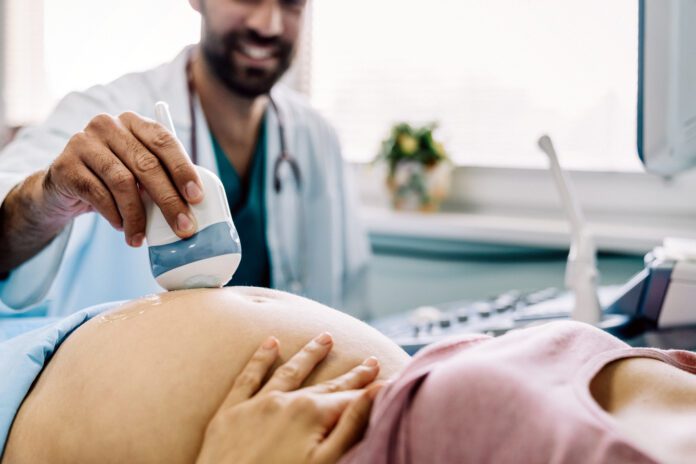According to the Centers for Disease Control and Prevention (CDC), nearly 10% of women in the U.S. – 6.1 million – ages 15 to 44 have difficulty getting or staying pregnant. Many seek help through assisted reproductive technology (ART), which includes any fertility treatments where either eggs or embryos are handled. The most common type of ART is in vitro fertilization, or IVF.
M. Blake Evans, DO, FACOOG, an assistant professor and reproductive endocrinology and infertility specialist with OU Health Reproductive Medicine, says most reproductive aged women are good candidates for IVF.
“The most common, but not all, indications for IVF are male factor infertility, multiple failed ovarian stimulation and intrauterine insemination cycles, blocked or absent fallopian tubes, fertility preservation prior to undergoing cancer treatments and needing a gestational carrier,” says Evans.
He explains there are several small antral follicles in a woman’s ovaries each month, and each of these follicles contains one egg. In a normal menstrual cycle, one egg inside a follicle ovulates to be potentially fertilized by sperm, resulting in a pregnancy, while the other antral follicles/eggs that didn’t ovulate will essentially dissolve.
“Given that very few eggs will ultimately lead to a pregnancy, we can use IVF to help optimize a patient’s chances of success by fertilizing many eggs at once and tracking their progress in the IVF lab,” says Evans.
The basic steps in an IVF treatment cycle include ovarian stimulation with small subcutaneous needles for approximately 10 to 12 days, ultrasound monitoring and bloodwork to track follicle development, egg retrieval under anesthesia, fertilization of the egg with sperm (or freezing of eggs without fertilizing them), embryo culture in the IVF lab and embryo transfer.
“Due to the continuous advancements of this field of medicine, particularly in the IVF lab, success rates have greatly improved over the last 5 to 10 years,” says Evans, noting that age is the most important factor when it comes to IVF success rates when using a woman’s own eggs.
“Other factors can influence outcomes – like weight, ovarian reserve/number of follicles present, number of prior pregnancies and uterine abnormalities such as fibroids,” he says. “Since all of a woman’s eggs have been present since before birth, the quality of the eggs declines with age, and the risk of miscarriage increases, especially over the age of 40.
“Success rates also vary with the number of embryos transferred into the uterus. However, depending on the woman’s age, transferring more than one embryo at a time does not increase live birth rates significantly and greatly increases the risk of a multiple pregnancy.”
For those who undergo IVF, the process can be both financially and emotionally demanding. Costs can vary based on location, individual insurance coverage and the total extent of treatments received.
Women who participate in IVF are encouraged to have a positive support network and/or consider joining an IVF support group.
Also, before choosing a fertility specialist, Evans encourages patients to do their research to ensure they will receive the highest quality of care.
“Very helpful public websites such as ABOG.org and SART.org can be used to verify that your fertility specialist is properly trained and board certified in both OB/GYN and REI – reproductive endocrinology and infertility – (ABOG) and also to view the clinics’ success rates (SART),” he says.























